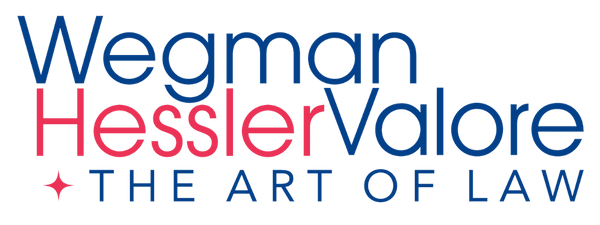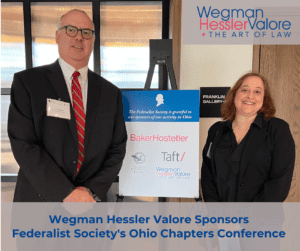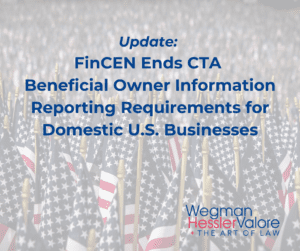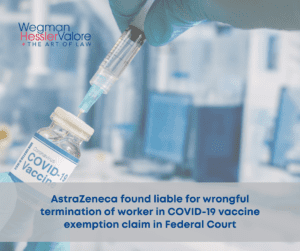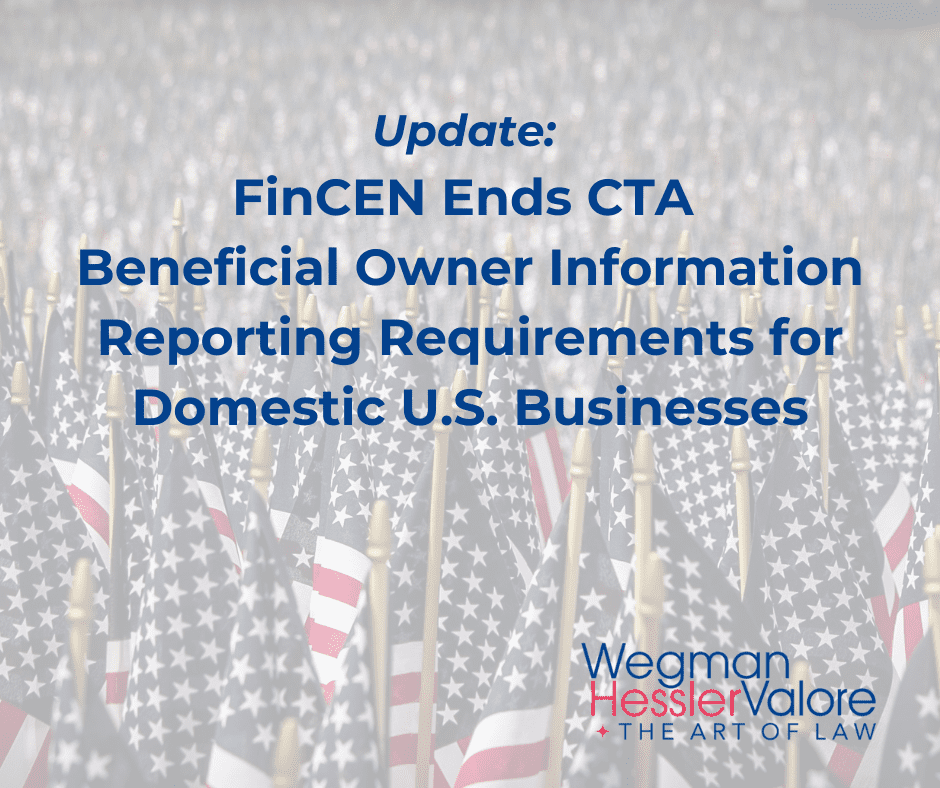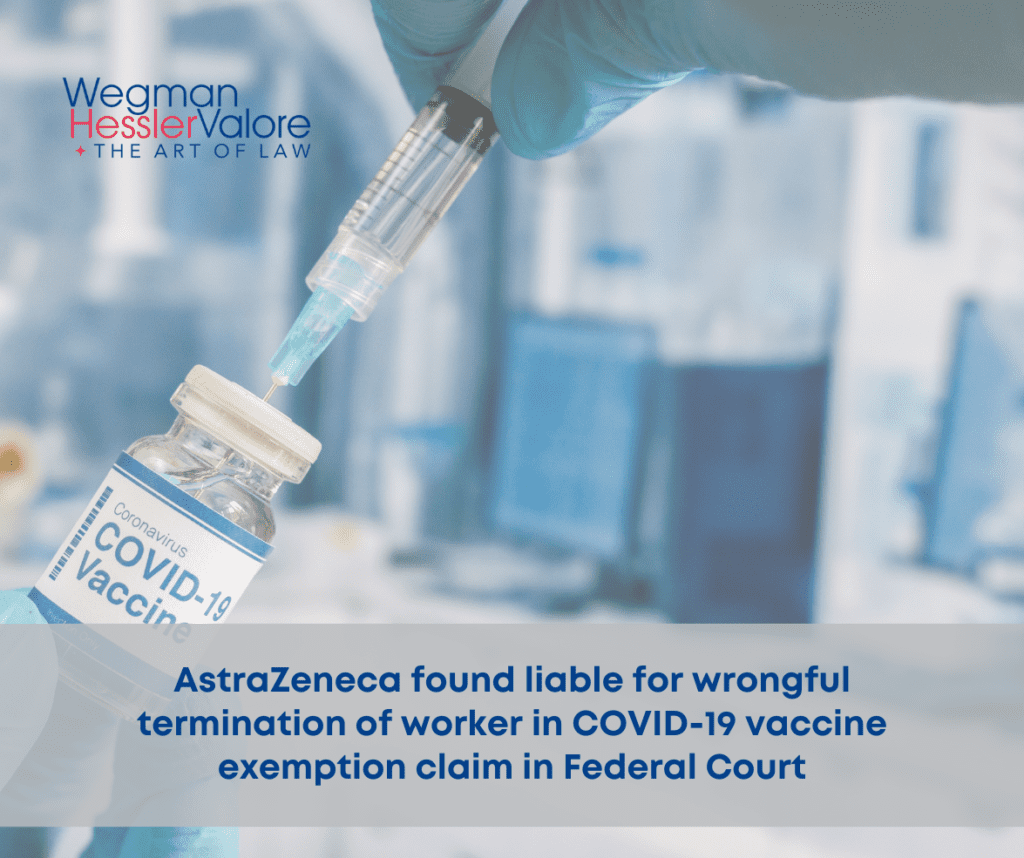Coronavirus Leave Provisions

On Wednesday, March 18, President Trump signed into law the Families First Coronavirus Response Act (the “Act”) to provide emergency assistance for those affected by the coronavirus/COVID-19 pandemic. The Act goes into effect on April 1, 2020 and will impact employers in significant ways, including expanding Family and Medical Leave Act (FMLA) coverage and mandating the provision of emergency paid sick leave to employees who cannot work due to coronavirus or a public health emergency.
Principally, an employee of an employer with less than 500 employees, who is unable to work or telework because of illness, quarantined, seeking diagnosis, caring for an individual who is sick or quarantined, or caring for a child because of school or childcare closure due to coronavirus precautions will be entitled to up to two weeks of emergency paid sick leave. However, only employees who need to care for a child due to a school/childcare closure will be entitled to the additional 10 weeks of paid FMLA leave. Otherwise, employees needing leave past the initial 2-week period due to another FMLA qualifying reason will remain entitled to such leave on an unpaid basis for another 10 weeks if the employee is otherwise eligible under the FMLA.
To help offset the cost of paid leave, tax credits against quarterly payroll taxes are provided to employers. The Act’s provisions will end on December 31, 2020.
Emergency Expansion of FMLA Coverage
The Act expands FMLA coverage to provide for up to 12 weeks of job-protected leave (10 weeks of which is paid leave) for employees who are unable to work or telework due to the employee’s need to care for his or her son or daughter (under 18 years of age) whose school closed or childcare provider is unavailable, due to a “public health emergency,” defined as an emergency with respect to COVID-19 declared by a federal, state or local authority (“Public Health Emergency Leave”). Existing unpaid FMLA protections still apply in the event an eligible employee needs leave because of his or her own serious health condition or to care for an immediate family member with a serious health condition.
However, unlike the existing FMLA eligibility requirements for other types of leave, the Act expands eligibility for Public Health Emergency Leave to employees of employers with less than 500 employees and employees of governmental employers, who have been employed by the employer for at least 30 calendar days. The Act gives the Secretary of Labor authority to issue regulations that would exclude certain healthcare providers and emergency responders from eligibility for Public Health Emergency Leave and/or that would exempt certain small businesses with less than 50 employees from the requirements “when the imposition of such requirements would jeopardize the viability of the business as a going concern.” Yet, until the DOL issues such regulations, the Act itself does not presently provide for such exclusions.
Further, unlike regular unpaid FMLA leave, Public Health Emergency Leave lasting longer than 10 days (i.e., two workweeks) must be paid. During the initial 10-day period of leave may be unpaid, but an employee may elect, but cannot be required, to substitute any accrued vacation leave, personal leave, or medical or sick leave. After the initial 10 days of Public Health Emergency Leave, the employer must provide paid leave in an amount not less than two-thirds of an employee’s regular rate of pay for the number of hours the employee would otherwise be normally scheduled to work during the leave time, but the amount of pay that an employer must provide to an employee is capped at $200 per day and $10,000 in the aggregate. Paid leave must continue until the qualifying condition no longer exists or the employee’s 12-week FMLA entitlement has been exhausted.
At the end of the 12-week Public Health Emergency Leave Period, employees that work for employers with between 25 and 500 employees must be restored to the same position or an equivalent position if the employee’s position is no longer available. Employers with less than 25 employees will not be required to return the employee to work if:
• The employee’s former position does not exist due to economic conditions or other changes in the employer’s operating conditions caused by the public health emergency during the leave; and
• The employer makes reasonable efforts to restore the employee to a position equivalent to the position previously, with equivalent benefits, pay, and other terms and conditions of employment; and
• If such efforts fail, the employer makes reasonable efforts to contact the employee throughout the one-year period, beginning on the earlier of (1) the date on which the qualifying need due to the public health emergency concludes or (2) the date that is 12 weeks after the start of the employee’s leave, if an equivalent position becomes available.
Emergency Paid Sick Leave
The Act also mandates employers with less than 500 employees and governmental employers to provide employees up to two weeks of emergency paid sick leave at the employee’s regular rate of pay, capped at $511 per day and $5,110 in the aggregate, if the employee is unable to work or telework because of the following reasons:
• The employee is subject to a federal, state, or local quarantine or isolation order related to COVID-19;
• The employee has been advised by a healthcare provider to self-quarantine due to concerns related to COVID-19; or
• The employee is experiencing symptoms of COVID-19 and seeking a medical diagnosis.
In addition, this emergency paid sick leave entitlement must be available to employees at two-thirds the employee’s regular rate of pay, capped at $200 per day and $2,000 in the aggregate, if the employee is unable to work or telework because of the following reasons:
• The employee is caring for an individual who is subject to a quarantine or isolation order related to COVID-19 or has been advised by a healthcare provider to self-quarantine due to concerns related to COVID-19; or
• The employee is caring for his or her son or daughter (under 18 years of age) whose school or place of care has been closed, or whose childcare provider is unavailable, due to COVID-19 precautions; or
• The employee is experiencing any other substantially similar condition specified by the Secretary of Health and Human Services in consultation with the Secretary of Treasury and the Secretary of Labor.
Each full-time employee will be entitled to 80 hours of paid emergency sick leave. Each part-time employee will be entitled to paid emergency sick leave equal to the number of hours that the employee works, on average, over a two-week period.
Employees are eligible for emergency paid sick leave and are entitled to immediately use the full allotment of their emergency paid sick time, regardless of how long the employee has been employed by the employer. However, the Act gives employers of healthcare providers or emergency responders the option of electing to exclude such employees from eligibility for emergency paid sick time. Similar to Public Health Emergency Leave, the Act also gives the Secretary of Labor authority to issue regulations that would exclude certain healthcare providers and emergency responders from eligibility for emergency paid sick time, including by allowing employers of such employees to opt out, and that would exempt certain small businesses with less than 50 employees from the FMLA public health emergency leave requirements “when the imposition of such requirements would jeopardize the viability of the business as a going concern.”
After the first workday on which emergency paid sick time is used, employers may require employees to follow reasonable notice procedures in order to continue receiving emergency paid sick time.
An employer may not require an employee to use other paid leaves (e.g., vacation or PTO) provided by the employer or to find a replacement to cover for the employee before the employee uses the emergency paid sick time provided by the Act. Emergency paid sick leave under the Act will not carry over from one year to the next. Also, employers do not need to payout any unused emergency paid sick time under the Act upon the employee’s termination, resignation, retirement, or other separation from employment.
Employers must post notices in conspicuous places on the employer’s premises advising employees of their rights to emergency paid sick leave under the Act. Notices are to be prepared and approved by the Secretary of Labor within seven days after enactment of the Act.
Penalties
For employees eligible for paid FMLA Public Health Emergency Leave, the FMLA’s prohibitions against employer discrimination, interference, and retaliation continue to apply. In addition, failing to allow employees to take emergency paid sick leave under the Act will be deemed to be a violation of the Fair Labor Standards Act (FLSA). If an employer willfully discriminates against or retaliates against an employee who takes emergency paid sick leave in violation of the Act, the employer will be deemed to have violated Section 15(a)(3) of the FLSA. In either instance, the employer will be subject to the penalties for lost wages, an equal amount in liquidated damages, attorneys’ fees, and costs.
Employer Tax Credits for Paid Leave
To help employers offset the cost of emergency paid sick leave and paid FMLA Public Health Emergency Leave, the Act provides for a refundable tax credit applied against quarterly payroll taxes (Social Security taxes) imposed on the employer in an amount equal to 100% of the qualified FMLA and paid sick leave wages paid by the employer with respect to such calendar quarter up to the capped amounts specified in the Act. While this limits application of the tax credit, employers will receive a refund if their costs for qualified sick leave or qualified family leave wages exceed the taxes they owe. Only those employers who are required to offer Emergency FMLA and Emergency Paid Sick Leave may receive these credits. Businesses should consult with your payroll and/or tax professionals for more information.
Wegman Hessler specializes in business law for business leaders, applying legal discipline to solve business problems to help business owners run smarter. For more than 50 years, this Cleveland business law firm provides full-service strategic legal counsel for closely held businesses. Learn more at www.wegmanlaw.com.
